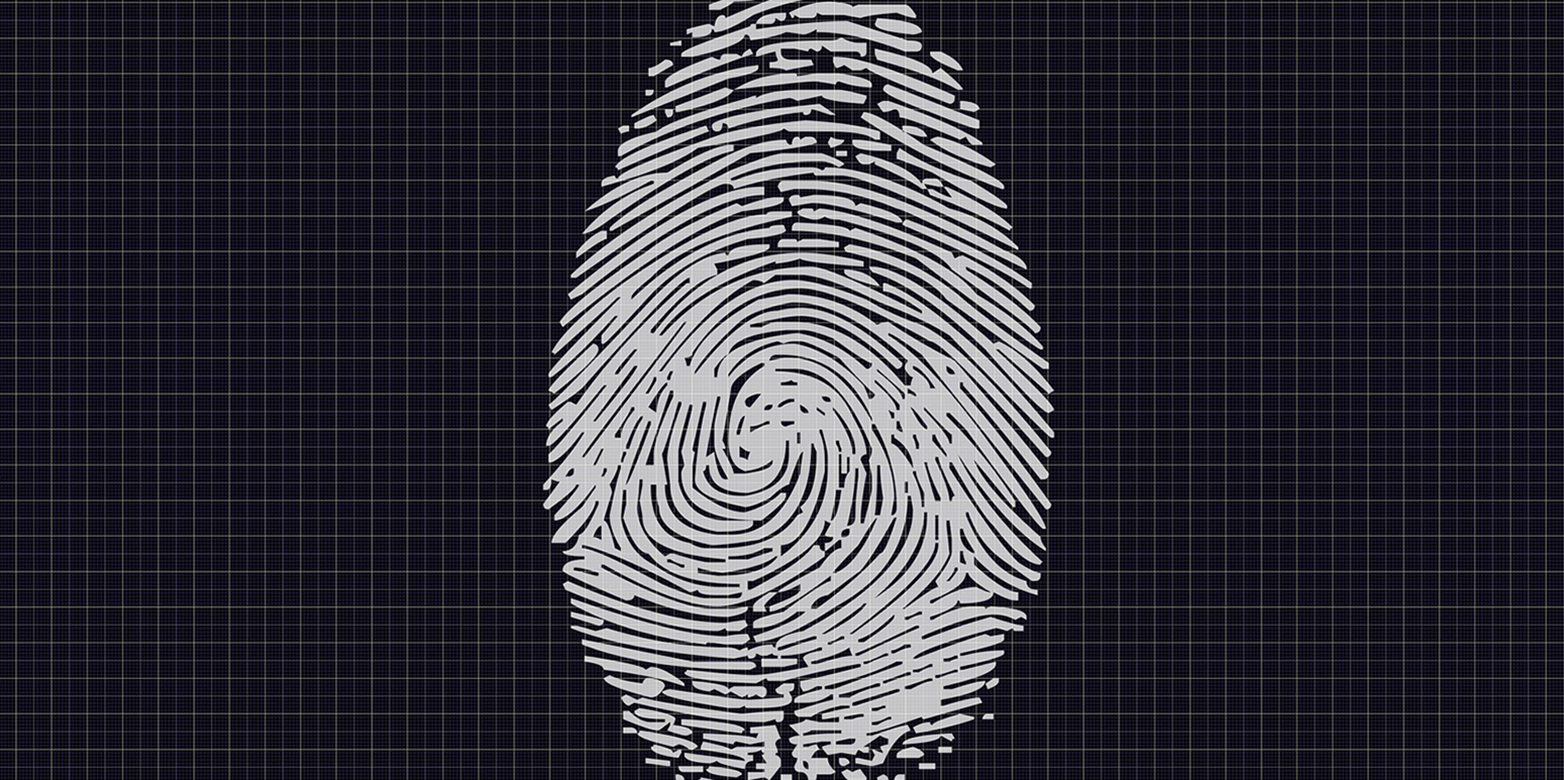Fixing State Vision: Interoperability, Biometrics, and Identity Management in the EU
This article by CSS' Matthias Leese analyses the current political re-problematization of identity in the EU. Engaging the recently adopted interoperability initiative that is set to biometrically verify and cross-validate identity records between all European border management, migration, and security databases, it argues that interoperability presents a shift from traditional modes of identity production at the border towards a digital space of identity management.

This article by CSS senior researcher Matthias Leese argues that the use of biometric records can expand the usefulness of identity recognition systems in the EU. However, identity production at the EU external borders has recently been problematized by the European Commission as not functioning properly, mainly due to an unprecedented (and rising) number of border-crossings. This article argues that making European databases interoperable could be a solution to this issue.
From a governmental perspective, identity records in general remain key for administrative purposes as much as it does for security practices. In the context of borders, migration, and security, state authorities use the connection between a person’s physical body and their administrative records to identify persons who illegally reside within a given territory, or to conduct searches for wanted criminals or missing persons.
Why are biometrics useful?
In order to improve identification systems, governments have turned towards biometrics as a means of identity verification. Broadly defined as the human body’s most unique physical (and behavioral) features that can be practically sensed by devices and interpreted by computers, biometrics are widely believed to provide the missing link for the establishment of comprehensive and accurate identity records. The biometric features of a person are allegedly truly unique and forgery-proof, such that they could be used to unequivocally disambiguate even two persons with very similar biographical details and physical appearances (e.g., identical twins), and at the same time put an end to all conceivable forms of identity fraud or misuse.
Solving the European identity production problem
The European Commission has identified two intertwined problems with European identity records. First, identity records remain potentially erroneous and unreliable. There are several reasons for this: identification and registration procedures might not always function properly, they might be executed sloppily, or are aggravated due to undocumented border crossings and identity fraud. Second, the European databases for border management, migration, and security are not connected, as they are based on different legal grounds and the information that they contain can therefore not easily be integrated. Matthias Leese argues in this article that the interoperability initiative is supposed to provide an integrated solution to both of these problems through the establishment of a super-layer structure that is geared towards the verification and cross-validation of identity records while maintaining the formal separation between the different systems.